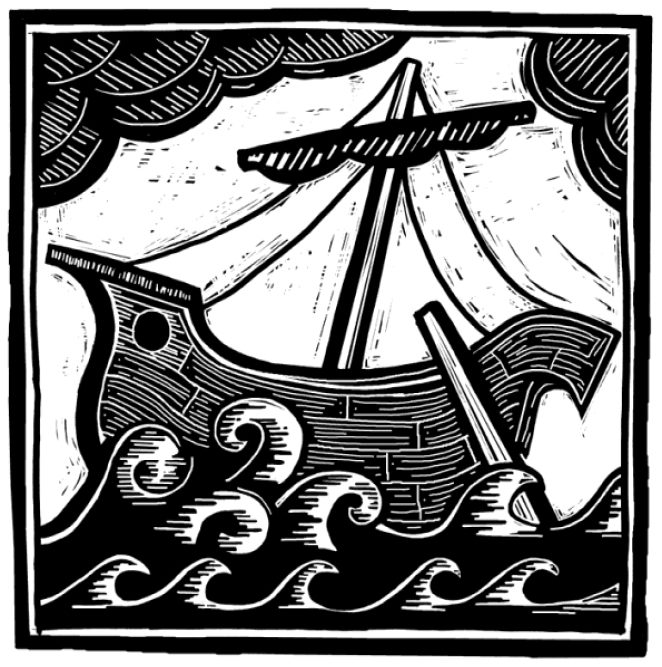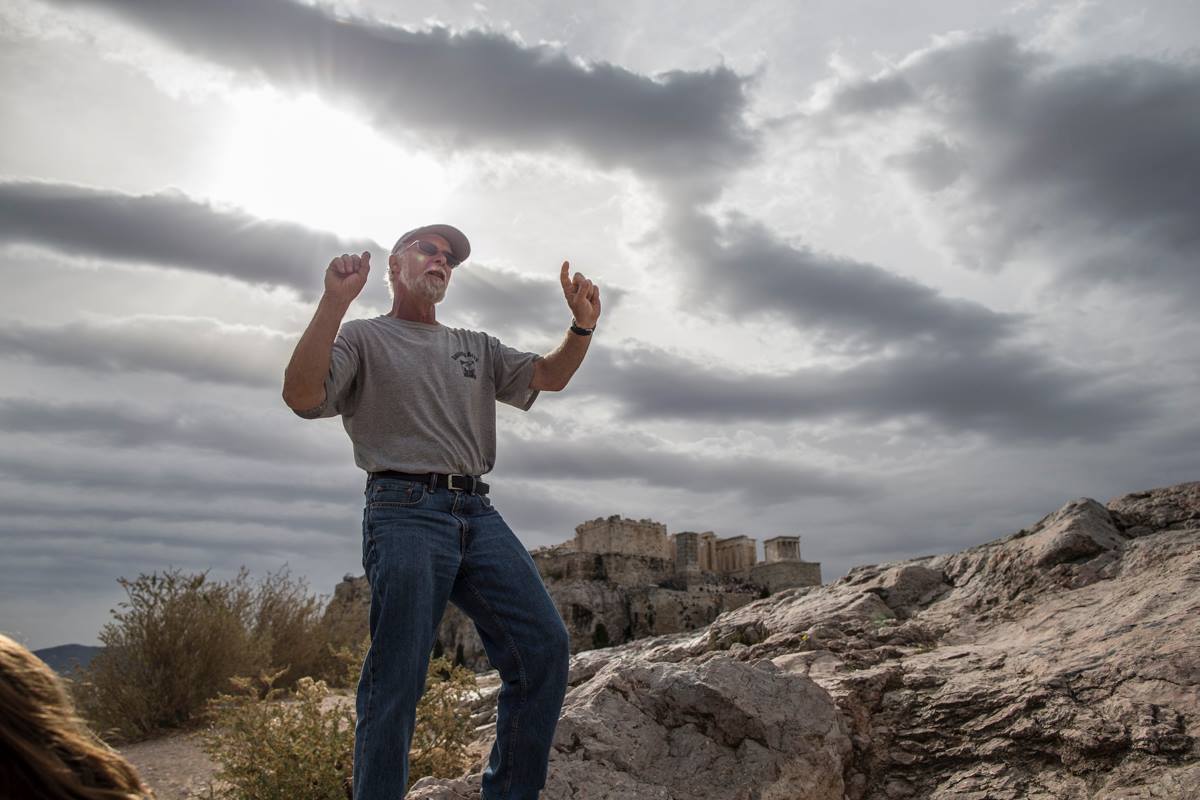Blog 7
Just this week I received the exciting news from Dr. Mark Wilson that another ancient Jewish synagogue, only the fourth one in all of Turkey, has been identified by the archeologists working in Limyra. While Paul in the Acts story, almost always goes first to the Jewish synagogue in the cities he visits, a fact that corresponds to the historical evidence of Jewish communities existing throughout the cities of the Roman Empire in the first century, there is very little archeological evidence in Asia Minor. So identifying a synagogue is sensational news.
This is especially exciting, for Limyra is only 6 kilometers from Finike, within range of my trusty little folding bicycle!
One of the couples I had met traveling in eastern Turkey last week (the Jewish one, both physicians) planned to be in the area this week, and were considering stopping in to visit me on SailingActs. I emailed them about the synagogue discovery and they were thrilled, hoping to be able to go with Mark Wilson and me to Limyra and see it. Alas, the Austrian archeologist working in the site had just finished for the summer so that idea fell through. They did come for a visit on Tuesday, and an intense and lively discussion fueled by their keen interest in the religious history of the Turkish coast. So it was not until yesterday that I was able to ride out to Limyra to see if I could find the synagogue on my own. I did not, but was fascinated by this unique Lycian harbor town.
 The Lycians themselves are fascinating—mentioned in ancient manuscripts, an early sea-going people, they established themselves along the southern coast of Turkey in the second millennium BC , writing an early form of Greek alphabet, developing the “Lycian League” a democracy so advanced that it was the model on which the US founders developed the American political system. They also went to enormous effort to build elaborate tombs. Limyra has more than any other Lycian city.
The Lycians themselves are fascinating—mentioned in ancient manuscripts, an early sea-going people, they established themselves along the southern coast of Turkey in the second millennium BC , writing an early form of Greek alphabet, developing the “Lycian League” a democracy so advanced that it was the model on which the US founders developed the American political system. They also went to enormous effort to build elaborate tombs. Limyra has more than any other Lycian city.
Also unique is that of the four ancient synagogues identified so far in Turkey, all of them are in port cities, and two of the four are in Lycian seaports. Port cities, it seems, not only attract the worst elements of human behavior in the Roman Empire (I’ll write more on the life of sailors, unemployed soldiers, prostitutes and other travelers that were a part of every port in a later blog) but the most successful, visible, creative and energetic religious communities. Pagan temples, synagogues, and churches are all built to be visible in Mediterranean ports—at the edge of the harbor, in the center of the city, on the nearest hilltop above the harbor. Pagans, Jews and Christians, all declared, in their strategic architecture, their success, legitimacy, and importance.

What was going on in the Jewish community in the first century? Why are the stories in Acts of confrontation and reaction to Paul primarily from members of the Jewish community, not just in the inland cities like Pisidian Antioch, Iconium, Lystra and of course Jerusalem, but also in the great multi-religious, diverse, pagan port cities of Philippi, Corinth, and Ephesus? If Jews were assimilated to the extent they chose to live in the wealthiest, most notoriously licentious, powerful, and violent cities in the empire, including Rome itself, why are they not like the Greeks in tolerance and open-mindedness towards Paul and his message?
Any opinions?
Today I take down the sunshades, coil ropes, close portholes on SailingActs. Tomorrow morning at 5:45 am, I’ll shut off the electricity, install and lock the boards in the gangway and head toward Antalya, then Istanbul, on to Washington D. C. and then HOME!
The calendar for the twelve days at home is crowded with activities for EMU Homecoming, meetings with cross-cultural students, and colleagues. That means I’ll not attempt a blog next week. Janet and I plan to return to Finike on October 19, where we will celebrate our 40th wedding anniversary. With acute awareness to what Paul missed out on, Janet and I will be together on SailingActs for about eight days before she returns to Harrisonburg and I resume exploring the ports of Paul.



Hi Lynn,
I have been enjoying your blogs, and they are such a good reminder of the trip we shared together. Thanks again for all of that. Such good memories. To your question of why the Jews of Paul’s day were not as open minded as the Greek’s and other gentiles of the day, it seems like it might be related to the same ideologies that John Mark struggled with which eventually led him to leave Paul and head back home. The Jews had so much history with Yahweh and such an elaborate system of being right with God under the law, that it closed their minds not only to the coming of the Messiah but to His message as well. They failed to recognize that their system of righteousness was only a shadow of the real thing, but they were so enamored by the shadow and its darkness, that they failed to see the “light” when it arrived. Thus, even though the inclusive gospel of light was spreading across the empire during Paul’s day, the Jews clung tenaciously to their traditions, founded in shadows, because the comforts of the shadows were easier to embrace than the discomfort of stepping out into the sun of new birth. This, is what makes Paul’s journeys and his ability to step out of the shadows and into the light of the Damascus road so amazing! Blessings and safety as you go.
Tony